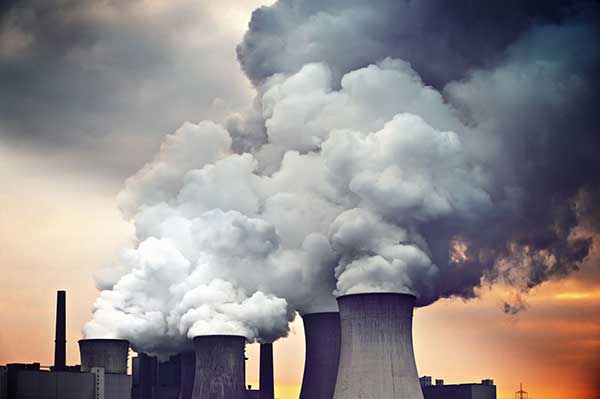Carbon emissions from energy usage are set to soar in 2021 as the world economy bounces back from the COVID-19 crisis.Carbon emissions from energy usage are set to soar in 2021 as the world economy bounces back from the COVID-19 crisis.
The International Energy Agency’s (IEA) Global Energy Review 2021 anticipates strong carbon emission growth linked to post-pandemic spending and economic development. The IEA projects that Asia (particularly China) and developing economies will lead the emissions increase.
Global economic output could rebound 6%, putting world GDP levels 2% higher than in 2019. COVID prevention measures in 2020 reduced global energy demand by 4%. Still, the IEA expects that dip to be wiped out with a 4.6% energy demand increase in 2021.
The developing world could see a rise of 3.4% in energy demand, in stark contrast to more prosperous economies, where overall energy use may be 3% below 2019 rates.
Fossil Fuels and Emissions
According to the IEA report, coal will underpin much of this increased energy use. The IEA expects coal demand to increase by 60% more than all renewables combined. Coal will cause emissions to rise 5% — obliterating 80% of the reductions in 2020 — taking 2021’s overall emissions to just 1.2% below 2019 emission levels.
Oil demand will be 3% below 2019 levels, and natural gas up 3.2%, while coal use rises 4.5% globally. Some 50% of coal growth is in China, and 80% from the Asia region. The United States and European Union levels for coal demand will also increase but should remain below 2019 levels.
Electricity, Renewables, and China
Electricity demand could shoot up 4.5% as electricity becomes a more prominent player in the energy pool, accounting for 20% of total global energy demand.
The good news is that the demand for renewable energy sources grew 3% in 2020 and could increase a further 8% in 2021. Renewable energy could contribute as much as 30% of all electricity generation in 2021. Wind power could expand 17%, and solar may enjoy an 18% year on year bloom.
The complexity of the global energy market shows China — the driver of coal use — contributing almost half the global increase in renewables in 2021. China also added the most renewable energy sources between 2019-2021.
China has more than 1,000 coal power plants, the most in the world, and is also the world’s largest greenhouse gas emitter. A TransitionZero report says China could save up to $1.6 trillion by switching from coal to renewables over the next two decades.
However, China built three times as much coal power capacity as the rest of the world in 2020, equivalent to around one large coal plant every week. This stance is at odds with President Xi Jinpingʼs pledge for the country to be carbon-neutral by 2060.
In contrast, U.S. carbon emissions fell 11% in 2020 due to COVID-19 pandemic restrictions.
Money Talks and Renewables Walk the Walk
According to a study, such savings and the fact that renewables are now cheaper than coal have become vital points for investors.
Coal can be seen as a riskier investment than renewables as governments seek to reduce their carbon emissions. For example, the U.K. government has just announced plans to cut its carbon emissions by 78% by 2035, some 15 years ahead of its initial target of 2050.
A study by the University of Oxford found that investors now want a 40% return for any coal-based investments. This high payback compares to 18% for U.S. deepwater oil projects and 10% for developed wind and solar market schemes. Such demand for renewables and the security of returns could see more money diverted to green technologies, further amplifying the green technology trend.
2021: A Complicated Year for Energy and Emissions
The IEA report strikes an optimistic and portentous tone. There is excitement in a post-COVID world of growth and possibility. Figures show that people and investors are more comfortable with renewables and emerging technologies.
China stands astride the energy divide as both a key driver of emissions and a leader in renewable technology development. Such dichotomies thread through our energy use in 2021 and beyond, with extra energy demand liberating shackled economies and potentially increasing emissions.
Burgeoning coal use will add to emissions and greenhouse gases that cause global warming. The post-COVID recovery must not come at any price.
Opinion writer: Tom Shearman
The opinions, beliefs, and viewpoints expressed by the various authors do not necessarily reflect the opinions, beliefs, or viewpoints of Interactive Energy Group, LLC (IEG) or its parent companies or affiliates and may have been created by a third party contracted by IEG. Any content provided by the bloggers or authors are of their opinion and are not intended to malign any individual, organization, company, group, or anyone or anything.
Brought to you by energysavings.com
All images licensed from Adobe Stock.
Featured Image

